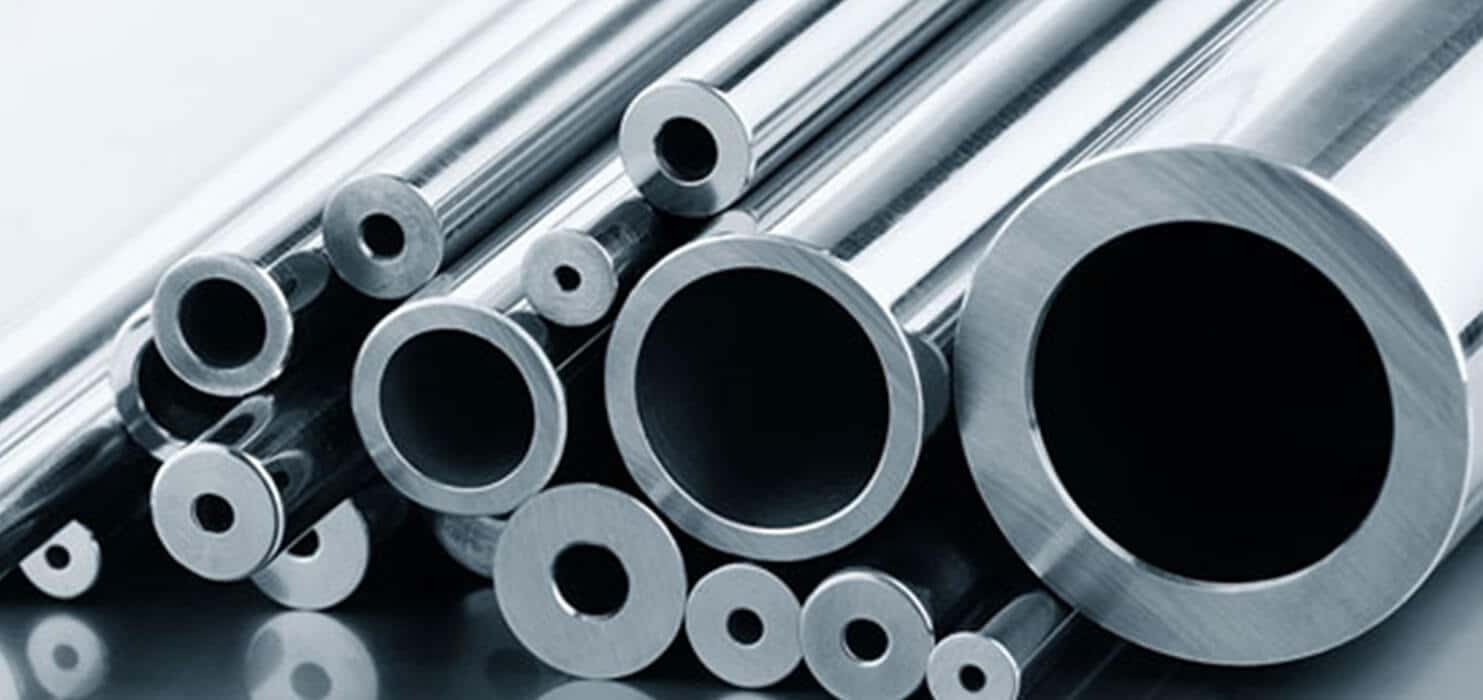The Uses and Advantages of Stainless Steel 310 Pipes

What exactly are 310 stainless steel pipes?
Austenitic stainless steel in Grade 310 has excellent high-temperature properties, as well as high ductility and weldability. The stainless steel pipe Type 310 is frequently used in high-temperature applications. The 310-grade steel pipes’ high chromium and nickel content provide exceptional strength at temperatures up to 2100 °F, as well as good corrosion and oxidation resistance.
The advantages of 310 stainless steel pipes
Type SS 310 Pipes a low-carbon austenitic stainless steel. Type 310, a carbon-free variant of Type 310, is well known for its ability to withstand high-temperature applications and also offers customers a number of benefits, including:
- Outstanding corrosion resistance.
- The resistance to aqueous corrosion is exceptional.
- Because of carbide precipitation, continuous use in the 425-860 °C temperature range
- can reduce aqueous corrosion resistance.
- It is not susceptible to cyclic heating or thermal fatigue.
- In most situations, Form 304 and 309 are superior.
- Resistance to high temperatures of up to 2100 degrees F
- Cost-efficient
Stainless steel grade 310/310S applications
Burners and combustion chambers, fluidized bed combustors, kilns, radiant tubes, petroleum refining tube hangers, steam boilers, internal parts of coal gasifiers, lead pots, thermowells, refractory anchor bolts, annealing covers, saggers, food processing devices, cryogenic structures are all applications for 310/310S.
The benefits of stainless steel 310 sheets and plates are numerous, and they meet or exceed the application’s requirements. The primary advantage of using these stainless steel sheets and plates in hostile environments is their high tensile strength. Stainless steel sheets and plates are both appealing and difficult to work with due to their gleaming and easy-to-maintain surface. Several tests are performed to confirm the strength of 310 stainless steel sheets.
The properties of stainless steel 310 pipes
These grades contain 20% nickel and 25% chromium. As a result, it has a high corrosion and oxidation resistance. Pipes made of stainless steel grades 310, 310S, and 310H have lower embrittlement resistance than other low-carbon varieties. Furthermore, it implies service sensitization. Stainless steel has high and medium nickel and chromium levels, allowing it to reduce H2S-containing sulfuric atmospheres.
They are frequently used in conditions that gently carburize, such as those found in industrial facilities. Heat-resistant alloys have a wide range of applications. Steel is corrosion-resistant. The use of Stainless Steel Grade 310/310S/310H Pipes for quenching processes involving common liquids from thermal shocks is not recommended. Because of its low magnetic permeability and hardness, this grade type is a popular choice for cryogenic applications.
These grades, like austenitic stainless steel, are not heated to harden. Although it can be cold-worked to harden, it is rarely used.
